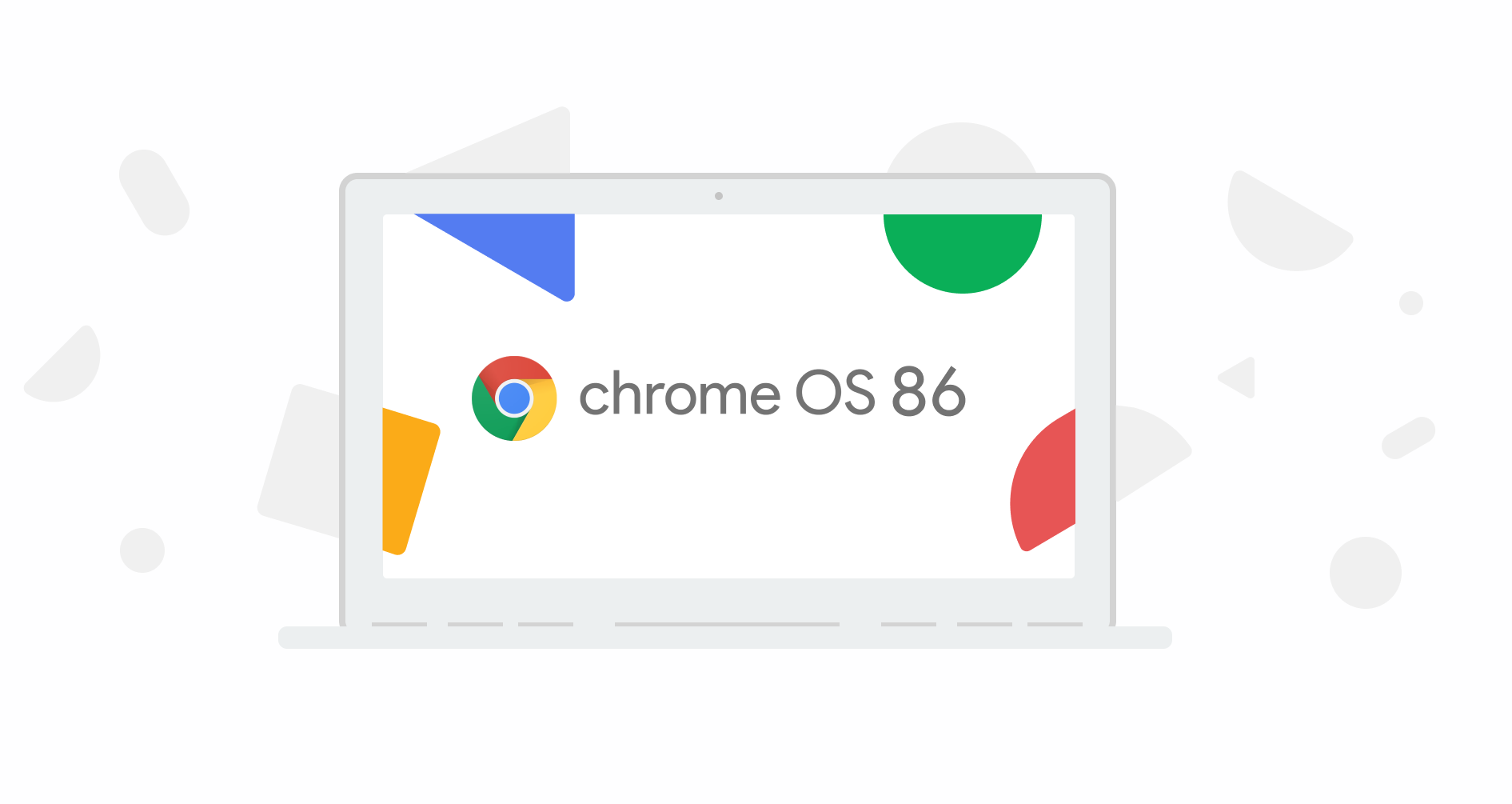Google has announced that a built-in screen recorder is coming to Chrome OS in March. Google hopes the tool will make it easier for students and teachers to record virtual lessons. “Teachers have long recorded lessons to help students do homework and study for tests, but in the past year it’s become downright critical for virtual learning,” reads Google’s blog post.
Well, it looks pretty easy. If you click the appropriate button on your Chromebook, you’ll see a timer in the middle of your device. When your Chromebook is recording, a red circle appears on the right side of the shelf.

There are also a few other tools for Chromebook learners in the works, and some have already arrived. Chrome OS’s screen reader, ChromeVox, has several new features: voice changes now depending on the text language it reads, and you can now scan its menus.
Additionally, parents can now use Family Link (Google’s parental-control app) to manage their children’s school accounts in addition to their personal accounts. This means screen-time limits, bedtimes, and other restrictions parents place on their children’s personal accounts can apply to their school accounts as well.
On the hardware side, Google has announced that it is releasing more than 40 new Chromebooks this year. It claims that every model is “equipped to deliver exceptional Google Meet and Zoom experiences.”
To help schools navigate the new releases, the company has put out a list of available Chromebooks, which includes configurations from Samsung, Lenovo, HP, Dell, Asus, and Acer, and tips for selecting the right one. The company recommends a number of basic models, such as Acer’s Chromebook Spin 511 and Lenovo’s 300e, as well as fancier devices like the Chromebook Spin 713 (The Verge’s top Chromebook pick) and Samsung’s $1,000 Galaxy Chromebook.
Chromebooks are big sellers in the education market, due in part to their affordability and districts’ widespread use of Google Classroom, Google’s online education portal. 2020 was the Chromebook’s best year ever, due largely to increased demand from schools providing at-home instruction for the first time. Google has been building out its services for remote school and meetings since the start of the COVID-19 pandemic. In the early months of remote schooling, Google made Meet meetings with up to 100 participants available to anyone with a Google account. It’s added a number of features to Meet as well, in an effort to keep up with large competitors Zoom and Microsoft Teams. The company has rolled out custom backgrounds, blur effects, real-time captioning, low-light mode, and hand-raising in recent months.


